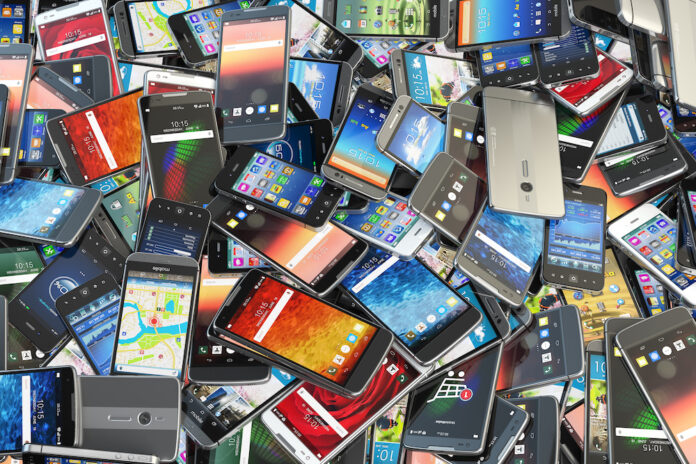Both operators increase initiatives for handset recycling as supply chain carbon footprints remain the biggest to overcome
Orange is targeting Net Zero Carbon emissions by 2040, which means reducing CO2eq emissions by 90% and implementing carbon sequestration programs to offset the rest. The operator has already reduced scope 1 and 2 emissions, by 37.4% in 2023, compared to 2015, but it has announced a new push to reduce its greenhouse gas emissions linked to its supply chain – the CO₂eq emissions from suppliers, service providers, and customers, also called scope 3 – because they represent more than 80% of Orange’s carbon footprint.
Device manufacturing makes up a major part of the sector’s environmental impact. That’s why Orange is encouraging the recycling and refurbishment of mobile devices, in particular through its “Re” program. In 2023, European countries recorded a collection rate of 25.4% of used mobiles. Orange is targeting 30% by 2025, a figure already reached in France. The operator has also made baby-steps in selling more refurbished devices – these now represent more than 5% of its sales in France, for example.
In Germany, Deutsche Telekom senior lifecycle manager Steffen Wasmus said there is no mobile phone that is not worth returning and the operator is encouraging customers to return their old device every time they buy a new one. “According to a Bitkom study, around 210 million old mobile phones are sitting in drawers in Germany. They contain a total of three tons of gold and valuable resources such as platinum or palladium, which are not available in infinite quantities,” he said.
Wasmus’s role is to define the sustainability requirements for Telekom’s mobile devices. “The entire catalog of requirements for manufacturers includes more than 2000 points, but there is also a whole chapter dedicated to environmental protection,” he said. “80 percent of the emissions caused by a smartphone throughout its life cycle come from production. So, a significant approach is to motivate manufacturers to improve this.”
Telekom wants to reduce its scope 3 emissions by 55 percent by 2030 and Wasmus said that can’t happen without addressing greenhouse gas emissions from the creation of the telco’s products.
He also has a message for handset vendors that tend to design technical obsolescence into their handsets meaning software upgrades and support runs out after a few years, making them harder to reuse. “If a device stops receiving updates after two and a half years, refurbishment is not worthwhile,” he said. “So, I intervene in such cases because second-hand products have a one-third smaller ecological footprint than new devices.”
Telekom is still only seeing a maximum return rate of ten percent for unused smartphones so the operator recognises more needs to be done to make it more attractive for users to bring in old phones…and more effortless, including with data removal.
Beyond handsets
To tackle scope 3 emissions, Orange has also launched several initiatives. By 2025, all Orange products will be “eco-designed” to reduce its environmental footprint over its entire lifecycle – such as the Livebox 7, launched at the end of 2023 and certified by Bureau Veritas. Not only does it incorporate recycled materials, but it is also more energy efficient to run, according to the telco. At the beginning of 2024, Orange also launched a circular economy initiative to help companies reduce the carbon footprint of their mobile fleet through a calculation method certified by AFNOR.
Orange’s network equipment also follows circular economy principles. In December 2020, it launched an Oscar (Orange Sustainable & Circular Ambition for Recertification) programme to promote the refurbishment, reuse, and resale of technical equipment to extend its lifespan, with 725,000 pieces of equipment purchased or resold via this marketplace to date.
The operator also shares its mobile networks with other operators, limiting the need to build new infrastructure. At the end of 2023, 68% of Orange radio sites were shared, both in terms of infrastructure and energy supply.



